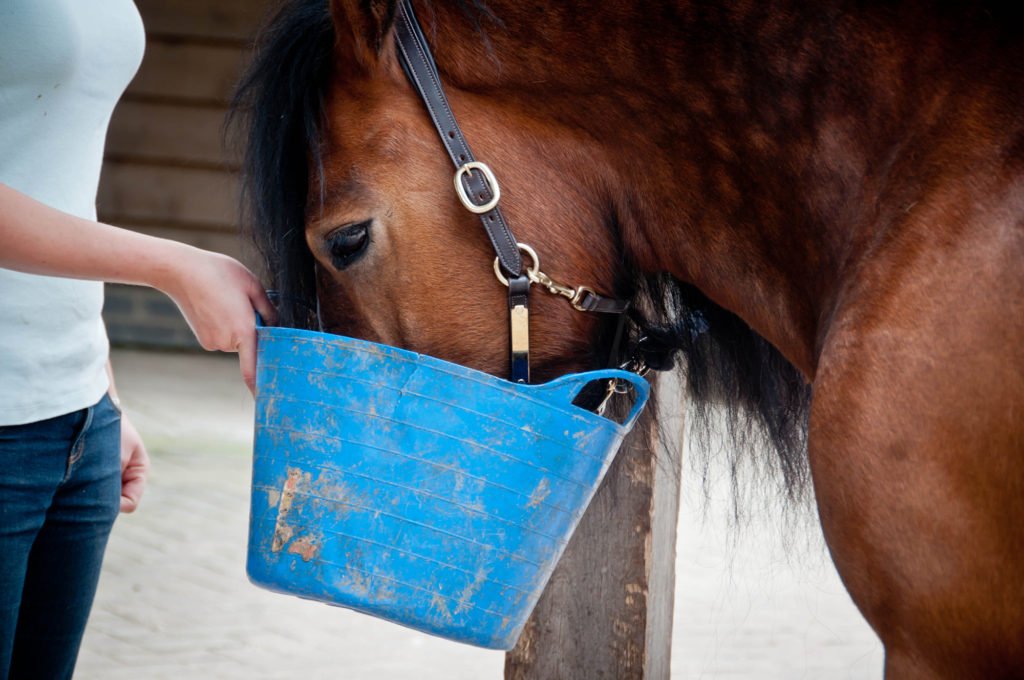Your horse’s health is of utmost importance and directly links to the food it eats and the quality of exercise it has. To help fend off common health problems is vital, with one of the most prevalent among horses being laminitis. To help stop this painful condition and other health problems, it’s important to understand the causes and what can be done in to prevent it happening. For horse owners, it isn’t just about the horse food they use, it goes right through to the types of grasses they have in their fields.
What is Laminitis?
Laminitis is a potentially fatal disease in horses caused by inflammation and swelling in the tissue within the hoof, causing severe pain. As the laminae, the inner sensitive layer of the hoof, helps to support the pedal bone in the hoof, this takes the full weight of the horse. When the laminae are starved of oxygen, cells become damaged, and this results in crippling pain. In worst cases, a horse may need to be euthanised if the condition is not treated immediately. Laminitis can affect all feet but is found to be most common in the front feet. Some horses may be more prone to the condition than others, with the hormonal or endocrine diseases Equine Metabolic Syndrome (EMS) and Cushing’s disease leaving horses more predisposed to suffering from laminitis. However, other avoidable issues such as stress or mechanical overload can cause the condition.
What Grass Seed Mix is Best?
One way to help avoid laminitis is to ensure that a horse’s diet is the best it can be and not providing an excessively high level of sugar or starch . The ideal horse food should be of high-quality and provide all necessary vitamins and minerals whilst being low in sugar. When it comes to the grass species in a pasture for horses, rye grass is one to avoid as it is really high in sugar. High levels of rye grass in pastures commonly result in a horse becoming overweight. Better options of grass species are Timothy and Cocksfoot with Meadow Grasses too. In addition, you could consider a seed mix that contains herbs to provide variety in the horses diet. Yarrow, sainfoin and burnet are popular additions alongside grass species to provide more interest for the horse. Whichever blend of seed you use it is important to give a newly seeded pasture time to establish before turning horses out on it
Managing Access to Pasture
Even with lower sugar varieties of grasses and herbs in the paddock, it may be necessary to limit a horses access as they may still provide too many calories for a good doer. Strip grazing and the use of a grazing muzzle are just some of the ways in which you can limit a horse’s access to grass and therefore keep their sugar intakes down.

